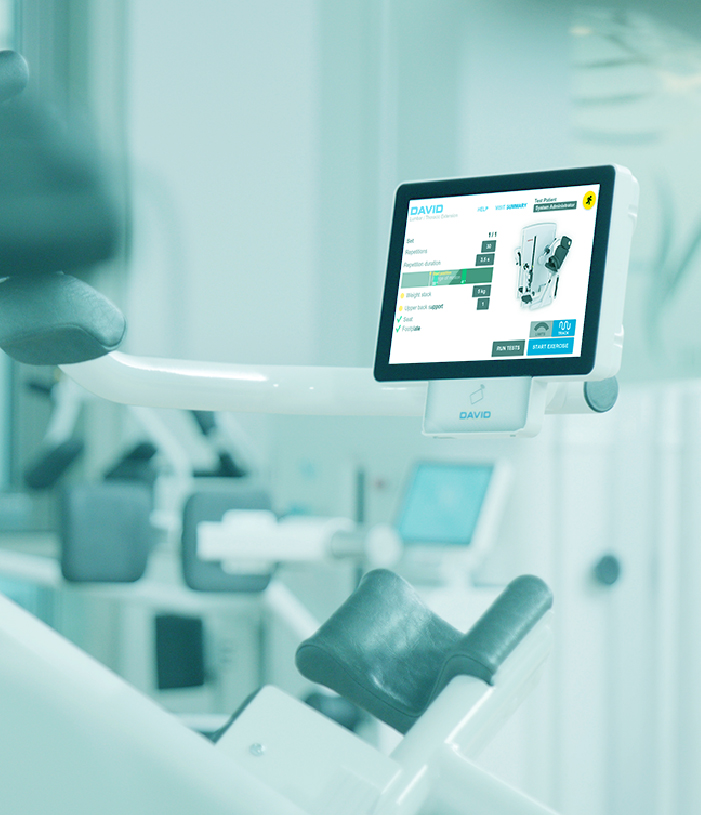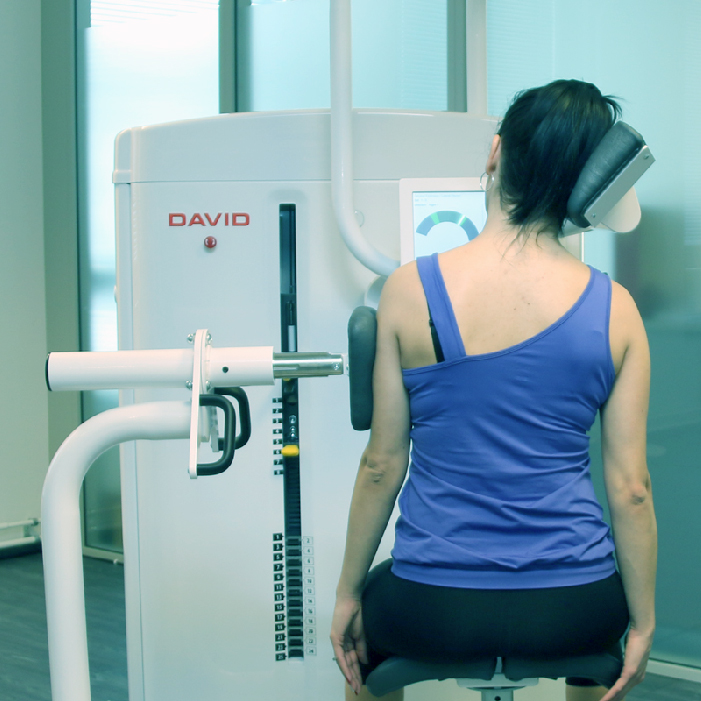What is sciatica and why does it cause pain?
Sciatica is an irritation or inflammation of the sciatic nerve. It's often mistaken for other types of lower back pain, but its key symptom is pain radiating from the lower back into one leg.
More than a disease, sciatica is a symptom caused by various conditions like a herniated disc, spinal stenosis, or muscular compression. In some cases, we talk about "false sciatica" when the pain has a muscular origin but follows the same nerve path.
The sciatic nerve originates in the lower spine (lumbar and sacral region), runs through the buttocks and down the back of the thigh to the foot. That’s why sciatic pain can appear at different points along this path —left leg, right leg, or both, depending on the affected nerve root.

Common causes of sciatica
Identifying the exact cause is key to choosing the right treatment. The most frequent causes of sciatica include:
Herniated or bulging disc compressing the sciatic nerve
Muscle overload in the lower back or glutes
Spinal canal narrowing (stenosis)
Trauma, poor posture or prolonged sitting
Tingling or numbness in the buttock, thigh or calf
Pain when walking, bending or sitting
Weakness or loss of strength in the affected leg
Localized pain in the buttock or outer side of the leg
Typical symptoms of sciatic nerve compression
The pain pattern varies depending on the nerve root involved.
What’s the best treatment for sciatica?
At Back is Back, we treat hundreds of sciatica cases each year with a unique methodology based on David Health technology, a global leader in musculoskeletal rehabilitation.
Our approach integrates biomechanical assessments, data-driven exercises supported by medical software, and ongoing progress monitoring. Most cases are resolved without surgery thanks to this combination of science, technology and clinical expertise.

The ideal treatment includes
Forget miracle cures. Realistic progress means reducing pain in the early sessions and addressing the root cause to prevent relapses.
Personalized physiotherapy based on diagnosis
Progressive exercises to restore mobility
Manual therapy such as massage or neuromodulation
Medication if necessary (always under medical supervision)
Recommended and avoided exercises for sciatica
Movement is part of recovery, but not all exercises help. Helpful ones include:
- Gentle stretches for glutes and hamstrings
- Controlled lumbar mobility
- Core exercises to improve spinal stability
What about walking? Sometimes it helps, sometimes it worsens symptoms. That’s why expert guidance is essential.

How long does sciatica last? Can it go away on its own?
Acute sciatica may last from 1 to 4 weeks. In some cases, it resolves on its own, but if it persists beyond 6 weeks or interferes with daily life, you should seek specialized help as soon as possible.
What happens if sciatica is not treated properly?
Letting sciatica go untreated or relying only on painkillers can lead to:
- Chronic pain that's harder to reverse
- Loss of muscle strength
- Postural issues
- Difficulty returning to work
The sooner it’s treated, the easier the recovery.

Frequently asked questions about sciatica
Can sciatica pain be relieved in 2 minutes?
Yes, targeted mobilization by physiotherapists can ease acute pain temporarily.
What should I do if my sciatica hurts?
Stop intense activity, apply local heat and visit a specialized clinic.
How should I sleep with sciatica?
Ideally on your side with a pillow between your knees. Avoid sleeping face down.

How to start treatment at Back is Back
At Back is Back, we specialize in back pain and sciatic nerve issues. If you suspect you have sciatica or want a long-term solution, book your first visit without commitment.
Our medical and physiotherapy team will guide you with a 100% personalized plan, based on an advanced biomechanical assessment and powered by David Health technology. This method allows us to treat the root cause with precision, safety and no need for invasive procedures. Because it's not just about easing the pain —it's about restoring your movement, freedom and quality of life.